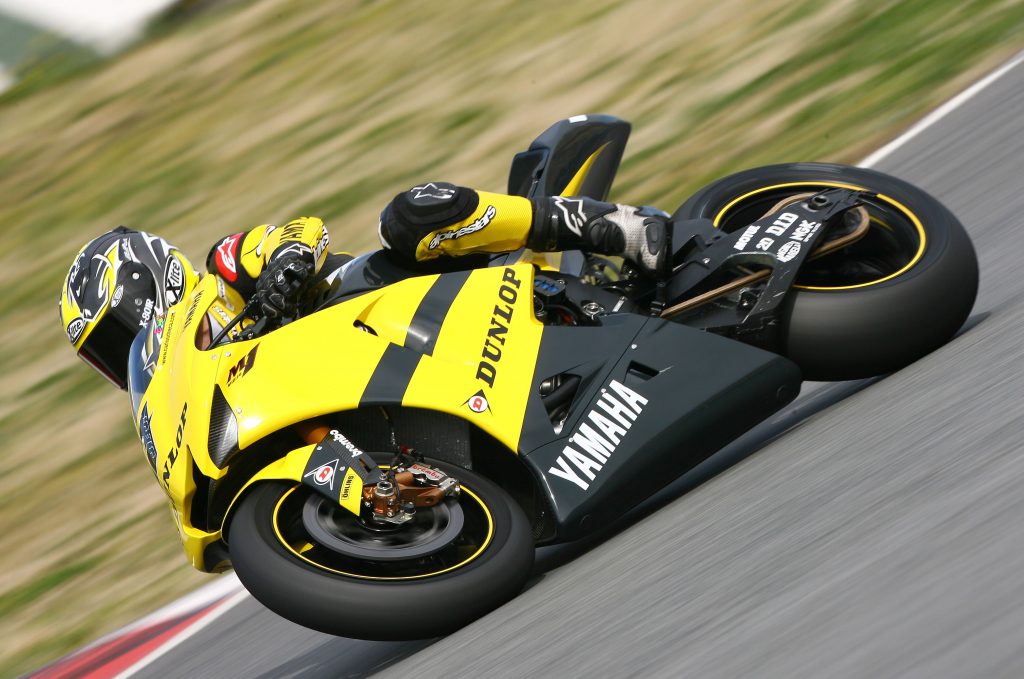-
Motorcycles are still getting more and more advanced.
-
However, there are a number of technological advancements that improved the motorcycle.
-
These have made motorcycling both more enjoyable and safer.
We published Part 1 of this article a few days ago (please click on the link below for the first instalment) and we are completing it today with Part 2.
Ten Technological Advancements that Improved the Motorcycle (Part 1)
If necessity is the mother of all inventions, that quote certainly applies to these technological advances. We can’t imagine what would the state of motorcycles and motorcycling be today if not for these advancements.
4. Electronic fuel injection
High power output, low fuel consumption and low emissions are desired by every motorcycle owner. But you can’t have them at the same time. Well, traditionally, anyway. However, while emissions standards are tightened ever more and fuel prices are on the rise, owners continue to demand more and more powerful engines.

Electronic fuel injection (EFI) is the answer. Electronic fuel injection systems only inject very specific amounts of fuel for specific requirements, as opposed to the carburetor. EFI is also used to regulate engine power and torque when attached to traction control and ride modes.

3. Ride-by-Wire (RbW) throttle
Ride-by-Wire throttle technology was first introduced on a road bike in the 2006 Yamaha YZF-R6, which Yamaha called YCC-T for Yamaha Computer Controlled Throttle.

The technology was adopted from Formula 1 racing, which in turn was developed from military fighter aircraft. RbW means that the throttle grip isn’t linked directly to the throttle bodies. Instead, signals of grip movements are sent to the ECU (engine control unit) which then governs throttle body openings and fuel-injection timings and amounts according to a host of parameters. RbW has also brought on other electronic rider aids such as ride or power modes to suit riding conditions, traction control, cruise control, wheelie control, engine braking control, cornering engine control and many more.
2. Electronic rider aids
As motorcycle engine power creep ever higher, electronic rider assistance such as traction control and ride modes become increasingly important. These systems harness the power of modern motorcycles, making the motorcycle safer and more fun to ride. Yes, electronic rider assistance systems are way smarter and faster acting that any of us. Electronic rider aids are derivatives of the Ride-by-Wire throttle and electronic fuel injection.

Since an RbW throttle isn’t connected directly to the throttle bodies, the ECU intervenes with the throttle openings, and/or the fuel injection timing and amounts when a loss of traction is encountered. The amount of electronic intervention is dependent on the selected ride mode or traction control level.
1. Pneumatic tyres
John Boyd Dunlop (yes, the very Dunlop) has wanted to create something like a balloon surrounding a wheel when his son complained of discomfort while riding his bicycle. His invented and patented his first pneumatic tyre in 1888.
It was also Dunlop who created the vulcanisation process to harder rubber.

All other current tyre technologies such as as radial construction, multi-compound thread, tubeless lining, steel belting, etc. wouldn’t have been possible without the pneumatic tyre. And would’ve meant that probably none of these other technologies would exist without Dunlop’s invention.
That’s why the pneumatic tyre is the No. 1 technological advancement which improved motorcycles.



















